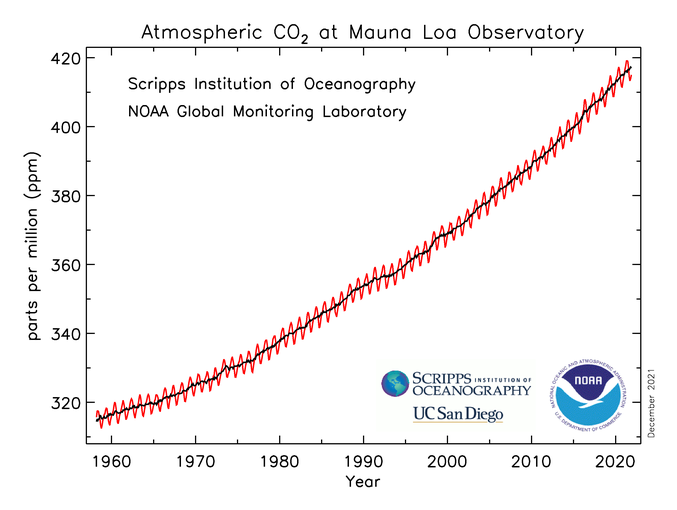The November COP26 climate talks in Glasgow are over. The 38457 accredited delegates and thousands of other attendees and visitors have returned home after countless speeches, meetings, presentations, reports and demonstrations. Some progress has been made in the work to address the climate crisis, but is it enough?
The UK Government’s stated aim was “to keep 1.5°C alive” [1]. Other parties were more ambitious.
And some were there to keep their own national or business interests alive at any cost. Did they achieve their aims?
Towards the end of the conference the focus was on the Glasgow Climate Pact agreed by all the parties attending COP26. It contains eight sections covering areas such as adaptation, loss and damage, finance, etc. [2]
And here I was surprised. The report contains sentences beginning with words such as Recognising, Acknowledging, Noting, Welcoming, Emphasises, Invites, etc. But sentences beginning with “Commits to”? It looks like we’ll have to wait for COP27.
There were other agreements, notably The Declaration on Forests and Land Use [3] and a Pledge to Cut Methane Emissions by 30% [4a], but it was disappointing not to see more binding short term targets. For example from the forestry report : “We therefore commit to working collectively to halt and reverse forest loss and land degradation by 2030…”. The pledge to protect Nature did not mention meat-eating with its massive carbon footprint [4b]
The bottom line must be whether the agreements will begin changing the hitherto relentless rise in atmospheric CO2 concentration in the very near future. The evidence is not looking good.
In August the Intergovernmental Panel on Climate Change (IPCC) published a report on the state of the global climate [5] containing five scenarios. The least damaging scenario, named SSP1-1.9, was the only scenario to model a range of temperatures below 2°C in the years up to 2100. But in order to keep temperatures at that level, CO2 emissions have to stop rising now, and decrease by 7% every year onwards.
It seems to me that COP26 can only be considered to have met its aims if it has ensured that the world’s climate remains within that scenario. COP26 failed to do that.
The final report acknowledged the problem: “…expresses alarm and utmost concern that human activities have caused around 1.1 °C of global warming to date and that impacts are already being felt in every region” [6]. But it does not follow up this concern with enough actions to keep warming below 1.5 °C.
The influence of the fossil-fuel industry was exemplified by the notorious replacement in the final version of the phrase “accelerating the phase-out of unabated coal power” by “accelerating efforts towards the phasedown of unabated coal power”[7]. The idea of “phase-out of inefficient fossil fuel subsidies” is equally vacuous. Who will decide what is inefficient?
It is clear that something more than COP26 will be needed to “keep 1.5°C alive” otherwise the consequences of this failure will be disastrous.
As a vegan, I would suggest that changes to diet are necessary and effective steps to keeping 1.5°C alive; a commitment to a meat-free world would reduce global CO2 emissions by 14.5% [8], reduce deforestation by 40% [9], and provide huge benefits for the wildlife that cannot coexist alongside our meat-rich diets.
The graph of atmospheric CO2 concentration is the most important judge of the effectiveness of any collective action to reduce global warming [10]. Unless the graph begins to flatten and move downwards as a consequence then the action has failed. Unfortunately the graph – an objective unbiased scientific witness – shows no indication that any of the COPs, or even the current worldwide uptake of vegan diets, have made any difference.
This is not an argument for giving up, but an argument for more radical and determined action. An argument for a plant-based world and more.
[1] https://www.gov.uk/government/speeches/cutting-global-emissions-is-essential-to-keeping-15-degrees-alive
[2] Glasgow Climate Pact : https://unfccc.int/process-and-meetings/the-paris-agreement/the-glasgow-climate-pact-key-outcomes-from-cop26
[3] https://ukcop26.org/glasgow-leaders-declaration-on-forests-and-land-use
[4a] https://www.newscientist.com/article/2295810-cop26-105-countries-pledge-to-cut-methane-emissions-by-30-per-cent
[4b] https://theconversation.com/meat-eating-is-a-big-climate-issue-but-isnt-getting-the-attention-it-deserves-170855
[5] https://www.ipcc.ch/report/ar6/wg1/downloads/report/IPCC_AR6_WGI_Full_Report.pdf
[6] Glasgow Climate Pact, Section I.3, Science and Urgency
[7] Glasgow Climate Pact, Section IV.20, Mitigation
[8] https://www.fao.org/family-farming/detail/en/c/1634679
[9] https://ourworldindata.org/grapher/share-deforestation-agricultural-products
[10] https://gml.noaa.gov/ccgg/trends/mlo.html
